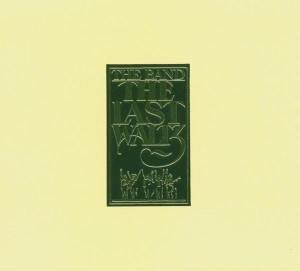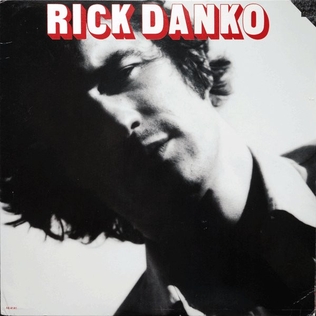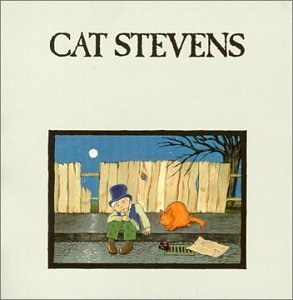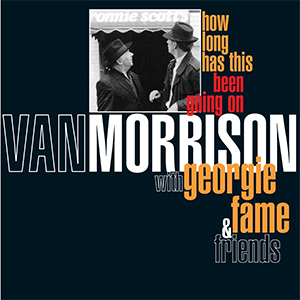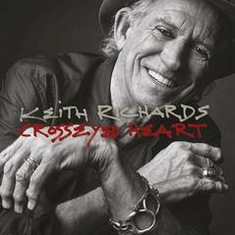Such suspensions of time are sometimes necessary to elevate a film that’s not designed to be a fly-on-the-wall cinema verité portrait. And when you add Robbie Robertson, with his fancy new haircut, telling his new best friend about “eight years of concerts, stadiums and arenas”, a simple glance at their actual activity between 1968 and 1976 will have the scholar wondering how empty itineraries in 1972 and all but one date in 1975 made their job so grueling.
All our nitpicking aside, the film is still fun to watch, and the music is terrific. The album, originally a three-record set, is paced well, with Band classics alternating with vocal spots by their very special guests, augmented by a horn section. Their old boss Ronnie Hawkins comes out for “Who Do You Love”, and Neil Young manages to overcome the ball of coke he snorted before his still sleepy rendition of “Helpless”. Joni Mitchell’s voice appears from backstage during that number, and then she comes out for an excellent performance of “Coyote”.
Robbie had recently produced an album for Neil Diamond, and despite Levon Helm’s protestations, was given a spot singing “Dry Your Eyes”. It’s a fine song, but nothing compared to Rick Danko’s excellent job on “It Makes No Difference”, not to mention Garth Hudson’s beautiful sax solo. Dr. John closes side two with “Such A Night”, a good setup for the blues sequence on side three. Paul Butterfield blows harp on their arrangement of “Mystery Train”, Muddy Waters burns the place down with “Mannish Boy”, and Eric Clapton duels with Robbie on “Further On Up The Road”.
Poor Richard Manuel doesn’t get a chance to sing until “The Shape I’m In” on side four, followed by their friend Bobby Charles coming out for “Down South In New Orleans”. Van Morrison emerges from his mid-decade hiatus to sing “Tura-Lura-Lura” with Richard, before completely demolishing the place on “Caravan”. Bob Dylan was an expected guest, but shocks with his nearly shoulder-length hair stuffed under a hat. All but one of his songs from the show appeared on the original album; 1966 is visited via “Baby Let Me Follow You Down” and “I Don’t Believe You”, and a tender “Forever Young” manages to turn into a reprise of the first track. Then everybody crowds the stage for a mass chorus on “I Shall Be Released”, Richard somewhere back there on his piano.
Side six presents “The Last Waltz Suite”, a loose set of songs recorded on a soundstage, and some inserted in the film. In addition to “The Weight” performed with some of the Staples Singers and “Evangeline” with Emmylou Harris, Robbie gets a solo vocal on “Out Of The Blue”, while Richard barks “The Well” and duets “The Last Waltz Refrain” with Robbie. “The Last Waltz Theme”, which appears at the top of side one, closes the set with an orchestra. While not stellar, they’re easily better than most of Islands.
Several songs in the album aren’t in the film, and vice versa. Even the four-CD box set, which adds much more from the concert and rehearsals, doesn’t include the complete show as performed. But of all their live releases, The Last Waltz is the best, and not just for their own songs. In the end it’s the music that makes it a nice finale for whatever was actually over; Levon would insist that the whole deal was Robbie’s ego trip, and the other guys would play together, in dives even smaller than the ones where they started out, up until and beyond Richard’s suicide in 1986, and continuing in various combinations until Rick died in 1999.
The Band The Last Waltz (1978)—4
2002 box set: same as 1978, plus 24 extra tracks
